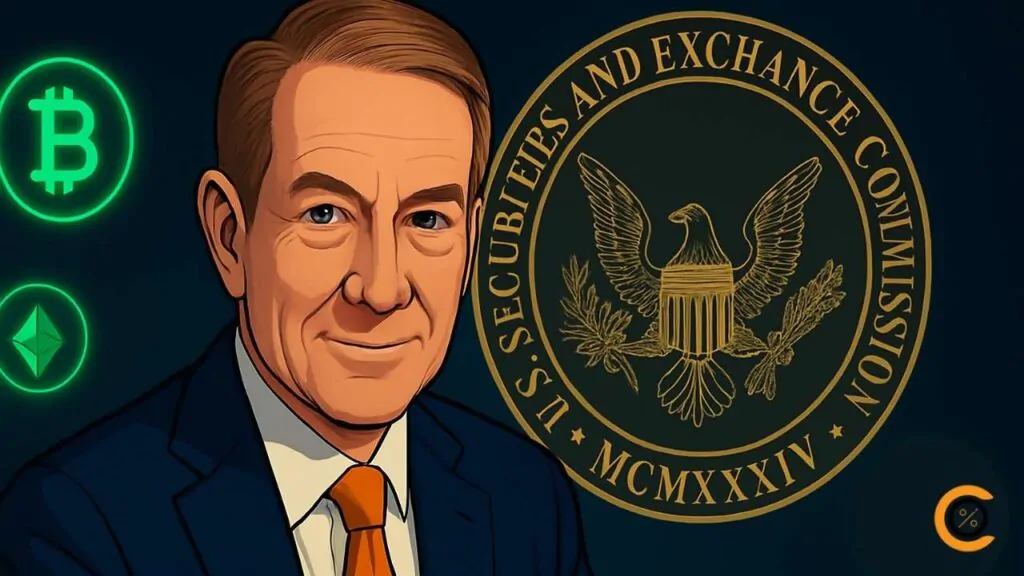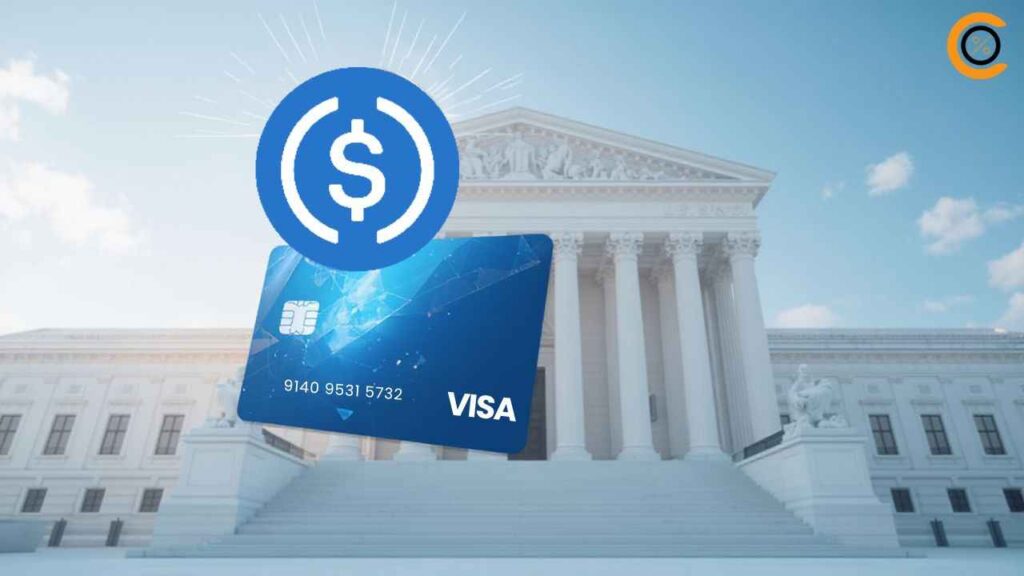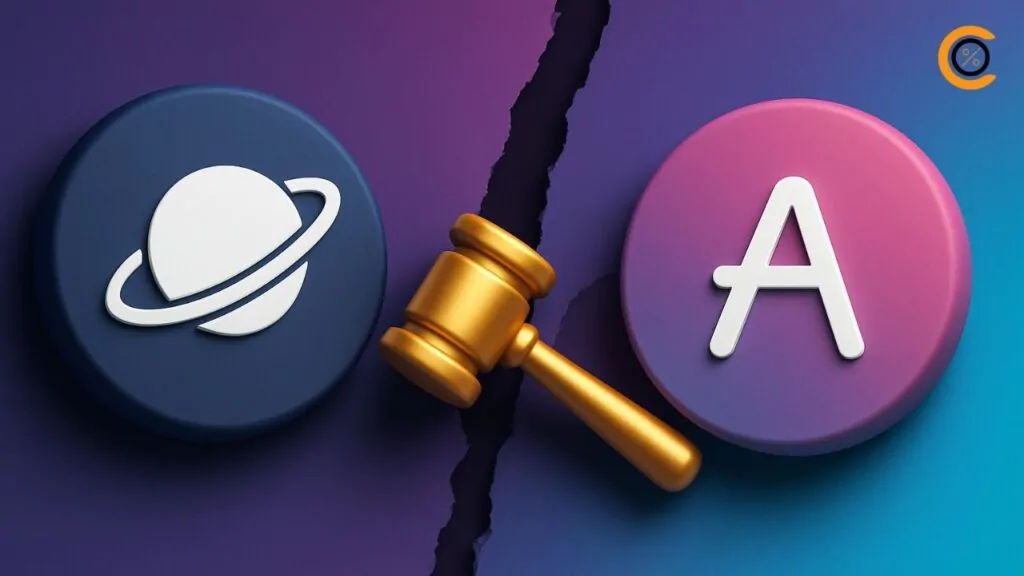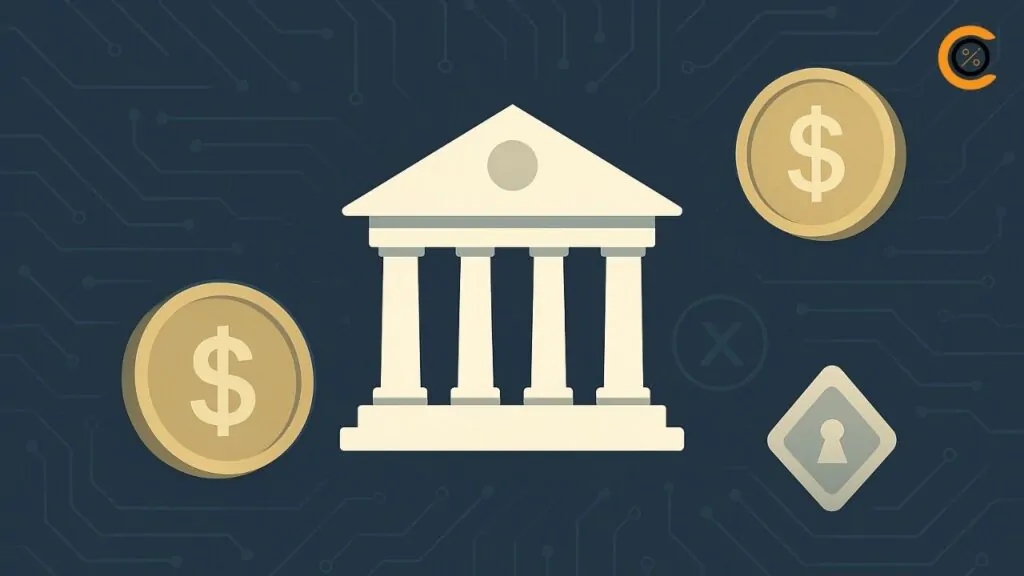- •SEC Chair Paul Atkins stated that only a small number of crypto tokens should be considered securities, marking a shift from past enforcement-heavy policies.
- •Atkins introduced Project Crypto, an initiative to modernize securities laws, clarify token issuance rules, and create safe harbors for innovation.
- •The U.S. government is aligning legislative and regulatory efforts, aiming to establish a leadership role in shaping global digital asset markets.
The regulatory conversation around digital assets in the U.S. has entered a new phase. At the Wyoming Blockchain Symposium, SEC Chair Paul Atkins emphasized that only a small number of cryptocurrencies should be classified as securities. His remarks mark a significant departure from past enforcement-heavy approaches and highlight the launch of Project Crypto, an initiative aimed at providing clear crypto guidelines.
A Shift in Perspective
Speaking at the symposium, Atkins underlined that a token itself is “probably not” a security. Instead, classification depends on how the asset is structured, packaged, and sold. “There are very few, in my opinion, tokens that are securities”, he said, clarifying that context matters more than the underlying technology.
This position contrasts with former SEC Chair Gary Gensler, who frequently asserted that most crypto assets fell under securities regulation. That stance led to years of litigation and uncertainty for companies operating in the sector. Atkins’ comments, by contrast, suggest a move toward reducing ambiguity and offering predictable regulatory pathways.
Project Crypto and Its Goals
Since taking office in April, Atkins has prioritized clarity and collaboration with industry participants. Project Crypto, introduced earlier this summer, reflects that focus. The initiative seeks to update securities laws for the blockchain era, creating guidelines on token issuance, custody, and trading.
Key proposals include:
- Clear compliance routes for new token offerings.
- Updated custody and trading rules tailored for digital assets.
- Safe harbors or temporary exemptions for early-stage token issuers to encourage innovation.
By setting out these objectives, Atkins aims to modernize oversight while ensuring investor protection. He has repeatedly stressed that the framework must “future proof the crypto markets against regulatory mischief”.
Also read: SEC Announces Project Crypto: A Shift in U.S. Blockchain Policy
Broader U.S. Push for Leadership
The SEC’s shift comes alongside legislative and executive action to strengthen America’s role in the global digital asset landscape. Congress has recently passed measures such as the GENIUS Act, the first federal framework for stablecoins, and discussions continue around the CLARITY Act to further define digital asset categories.
Atkins has also pointed to coordination across government branches, stating his intent to work closely with the White House and Congress to align policies. Analysts note that this could provide U.S. firms with regulatory consistency and a competitive advantage compared to jurisdictions still grappling with fragmented rules.
Industry Reaction and Next Steps
Industry voices have generally welcomed the direction. Commentators describe Project Crypto as a potential turning point, shifting away from the uncertainty caused by enforcement-first tactics. For developers and exchanges, clearer rules may lower compliance costs and reduce litigation risks.
Still, details remain under development. Formal rules are not yet finalized, and discussions on scope and overlap with other regulators, such as the Commodity Futures Trading Commission, are ongoing. Observers caution that while Atkins’ statements set a friendlier tone, the real test will come when draft regulations are published and implemented.
Closing Thoughts
Paul Atkins’ remarks and the unveiling of Project Crypto signal a measured but notable change in how the SEC views digital assets. By stating that only a limited number of tokens qualify as securities and by pushing for updated laws, the Commission aims to replace uncertainty with clarity. For now, the industry awaits the concrete framework, but Atkins’ commitment to clear crypto guidelines reflects a policy direction that could reshape the regulatory environment in the United States.







